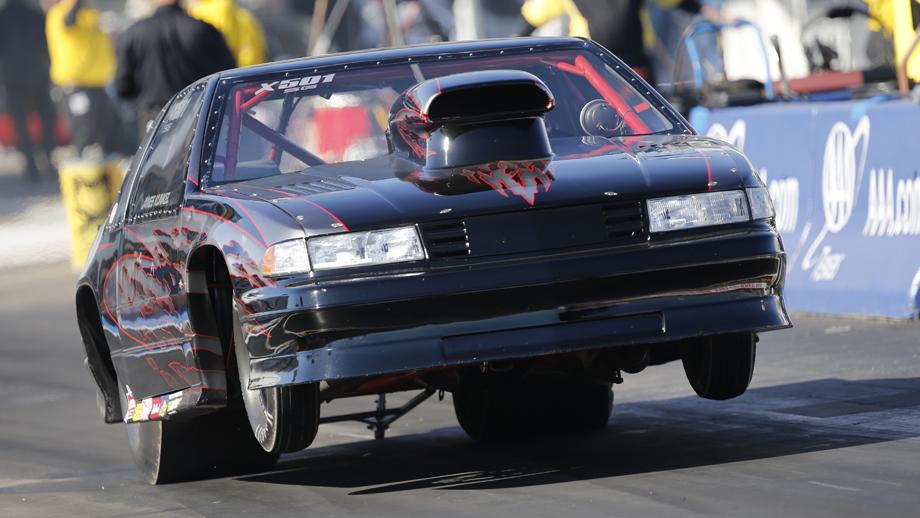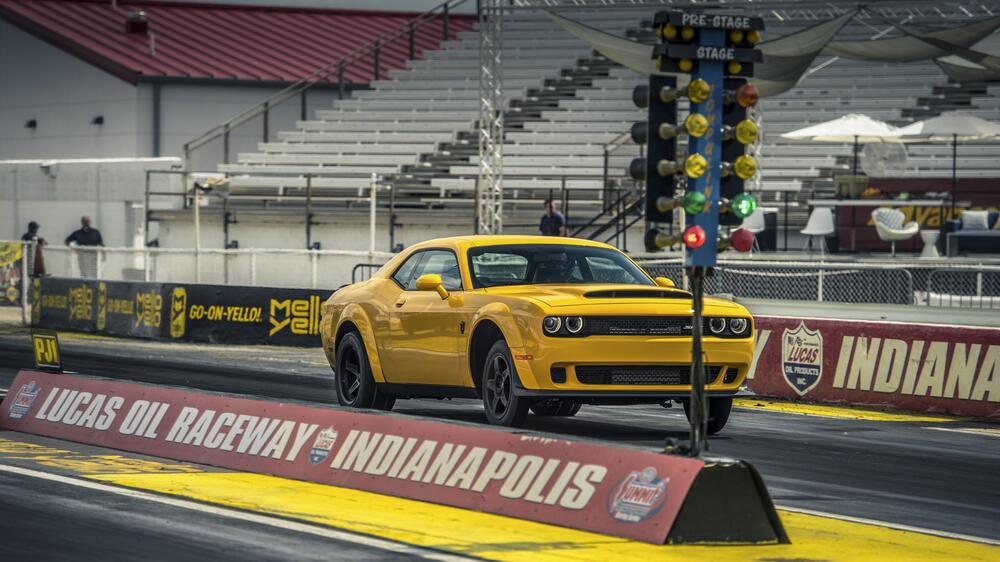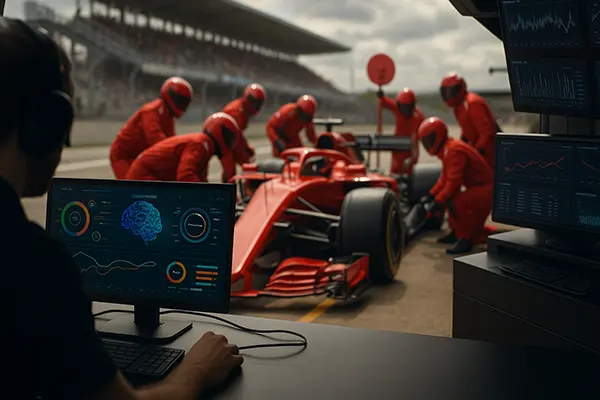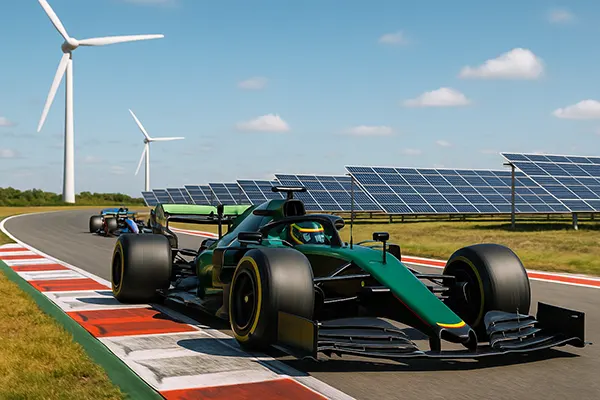
History of Drag Racing: From Underground Thrills to Mainstream Sport
While the intoxicating allure of online gambling platforms, like mega casinos, can be tempting for thrill-seekers, there’s another kind of adrenaline rush that predates them by decades: drag racing. The roar of engines, the burning of tires, and the sheer speed over short distances have made drag racing a beloved sport for many. Let’s shift gears and race back in time to trace the origins and nuances of this motor sport.
What is Drag Racing?
Drag racing is a type of motor racing where two vehicles, usually cars or motorcycles, compete to be the first to cross a set finish line. Originating on the empty roads of post-war America, it involves covering a straight, flat track in the shortest possible time. With races often decided in mere seconds, it’s a test of acceleration, control, and split-second decision-making.
History of Creation
The origin of drag racing can be traced back to the 1930s. Though cars had already been around, it was during this era that they became more accessible to the masses. The dry lakes of Southern California became popular spots for informal top-speed races.
With World War II came advancements in technology and an increase in available machinery. Soldiers returning home, familiar with mechanics, started modifying their vehicles for better speed and performance. What started as informal races on long, straight roads soon gained popularity.
The 1950s marked a pivotal moment for drag racing. Wally Parks founded the National Hot Rod Association (NHRA) in 1951, providing the sport with organized events, safety measures, and legitimacy. From there, drag racing grew, moving from makeshift tracks to dedicated drag strips.
Why Do They Burn Out Tires in Drag Racing?
The screeching tires and billows of smoke are not just for show. Burnouts, the act of deliberately spinning the car’s wheels while it remains stationary, serve a purpose. When tires heat up, they become stickier due to the rubber softening. This increased traction ensures a better grip at the start of the race, minimizing the chances of tires slipping and offering a competitive edge.

How Are Races Measured in Drag Racing?
The outcome in drag racing isn’t merely about who crosses the finish line first. Various factors are considered:
- Reaction Time: Measures the time it takes for a racer to start after the green light.
- Elapsed Time: Duration taken to finish the race from the green light.
- Top Speed: The maximum speed achieved during the run.
Standard Distances in Drag Racing
While drag races can technically be any distance, certain standards have emerged over time:
- 1/4 Mile: The most traditional distance, covering 1,320 feet. This was the gold standard for many years.
- 1/8 Mile: Covering 660 feet, this distance has become popular, especially in areas where space is limited or for safety considerations.
- 1,000 feet: Adopted by the NHRA for Top Fuel dragsters and Funny Cars due to safety concerns, this distance is shorter than the traditional 1/4 mile but longer than 1/8 mile.
Just as games of chance have evolved into sophisticated platforms like modern online casinos, drag racing has raced from the backroads of California to international stadiums. Whether you’re betting on a game or cheering at the race tracks, the thrill of anticipation remains unmatched. As with any passion, understanding its history only adds to the appreciation of the art.




